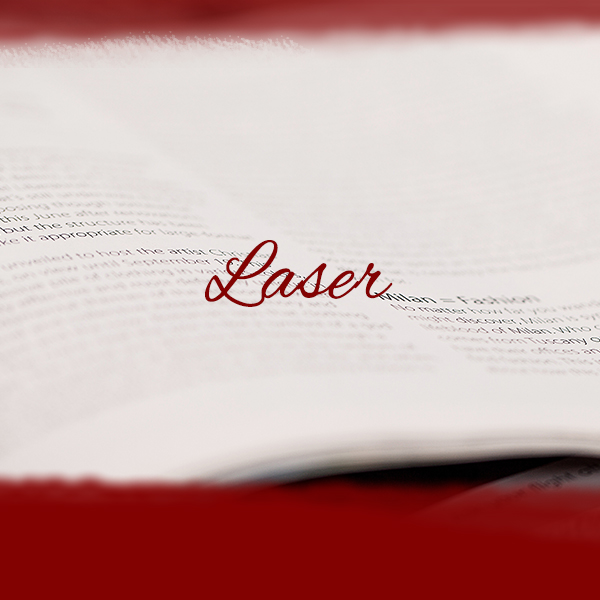Occlusal Caries Detection and Diagnosis Using Visual ICDAS Criteria, Laser Fluorescence Measurements, and Near-Infrared Light Transillumination Images
Current diagnostic tools for non-cavitated occlusal caries are not very reliable.
For this reason, newer systems need to be developed. The aim of this study was to compare the performance of visual inspection (ICDAS-II), laser fluorescence (DIAGNOdent pen), and the near-infrared transillumination technique (DIAGNOcam) in the detection of non-cavitated occlusal caries lesions under clinical and laboratory conditions in 90 third molar teeth planned for extraction.
• Materials and Methods: Ninety third molar teeth were firstly examined in clinical conditions, scored according to ICDAS-II criteria, and examined with DIAGNOdent pen and DIAGNOcam devices. After finishing the clinical examination,
the teeth were re-evaluated shortly after the extractions with the same methods.
Then, the teeth were sectioned for histological validation according to Downer’s criteria. Sensitivity, specificity, accuracy, and area under the receiver operating characteristic (ROC) curves were calculated based on the histological results.
• Results: For the D0–D1–4 threshold, the area under the ROC curve values ranged between 0.754 and 0.881 for all systems. Sensitivity values ranged between 80.5 and 96.1%, and specificity values ranged between 61.5 and 84.6% for the three caries detection methods.
DIAGNOcam had the best correlation value (0.616) according to histological observations and demonstrated a sensitivity rate of 96.1%, a specificity rate of 61.5%, and an accuracy rate of 91.1%.
• Conclusions: DIAGNOcam was found to be the most effective method for the diagnosis of occlusal caries without cavitation in permanent molar teeth.





